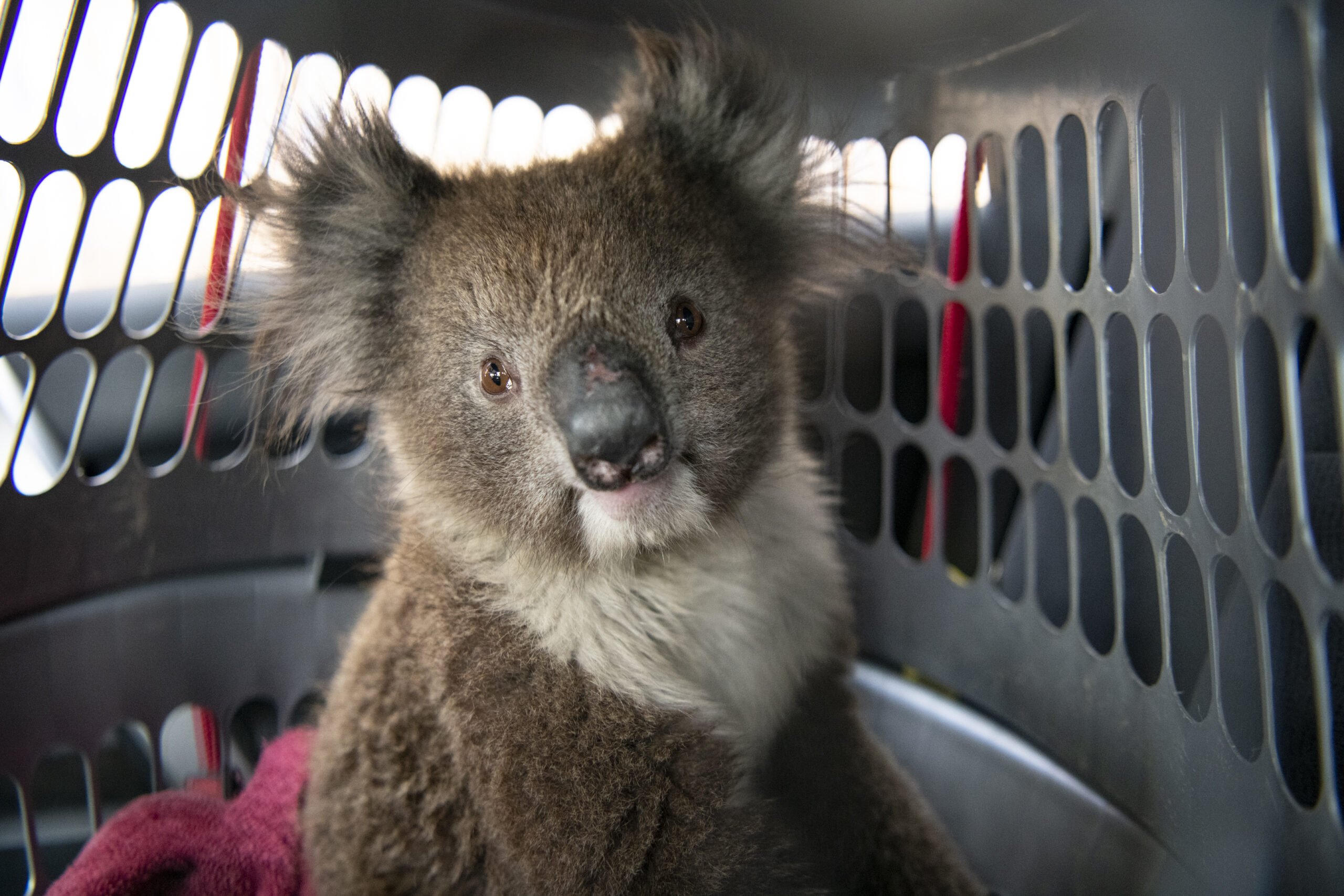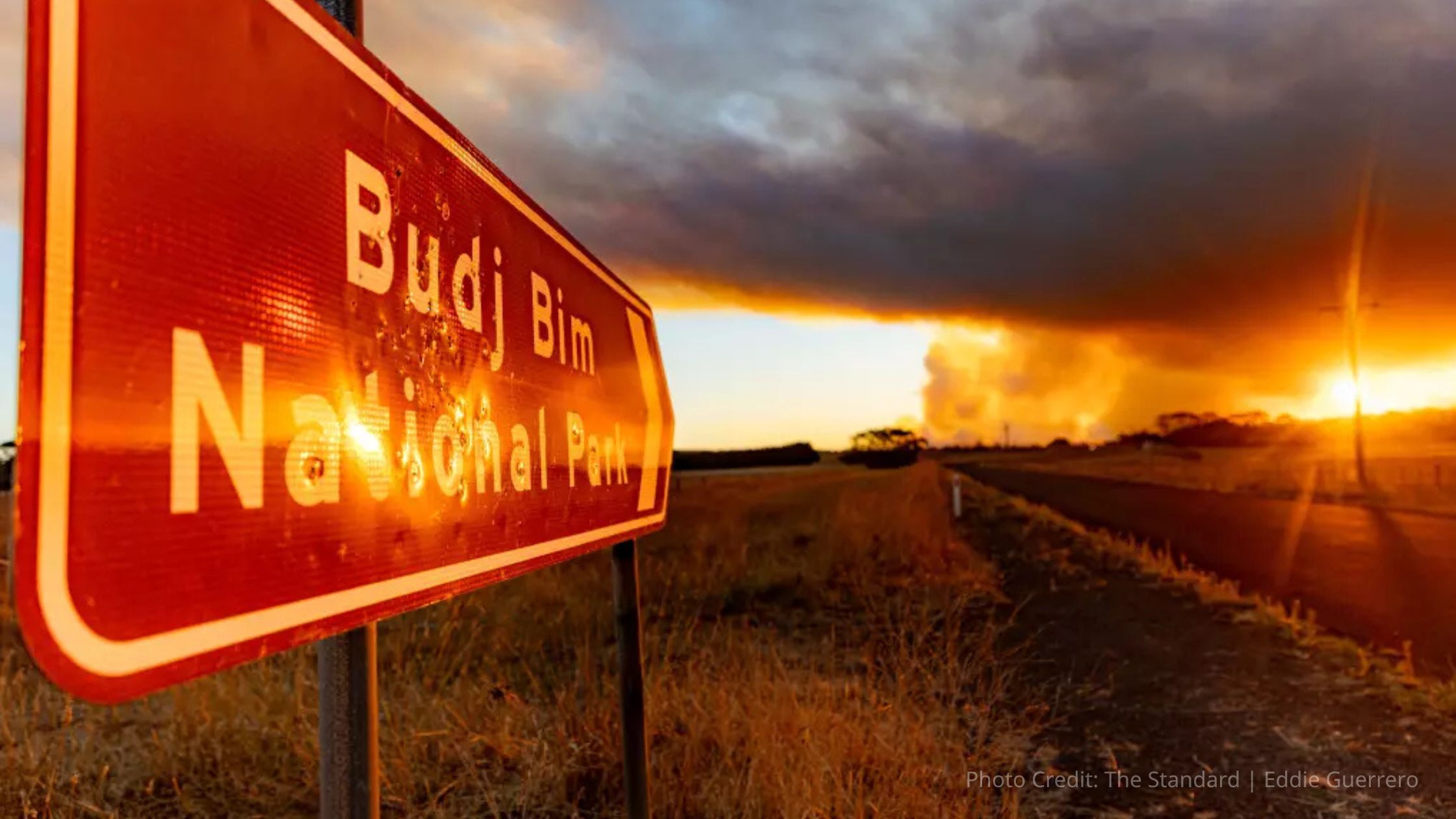Parliamentary inquiry into the management of blue gum plantations and koalas. Humane World for Animals is relieved to report that the koala shooting in Victoria’s Budj Bim National Park has stopped, with helicopters grounded last Friday, 25 April. Following fires in the area known to be home to a large...
It’s happening again. Despite the world shunning whaling and the market for whale meat and oil virtually being non-existent, Japan’s notorious factory vessel – the Nissan Maru – last week left for the Southern Ocean in order to add the carcasses of another 333 Antarctic minke whales to its horrific haul. Sadly, pressure from governments the world over seems to have softened, with the ship taking off without even a peep from many world leaders. Newly elected New Zealand Foreign Minister Winston Peters was a notable exception and praise be to him. With President Trump visiting the Asian region for bilateral talks, a strong condemnation from the global leader could have been the catalyst for much needed worldwide condemnation of Japan’s continuation of its whale slaughter. Instead, the President consumed shark fin soup in Vietnam, sending a bad message about where his priorities lie in the global campaign to protect marine life.
Even in Australia, we await condemnation of the hunt from our own Environment Minister Josh Frydenberg. Our fickle media may sometimes grow whale weary, but this is not about the news cycle. The Minister must continue to make plain and public Australia’s firm and unrelenting opposition to the commercial slaughter of hundreds of protected whales on our doorstep. The Australian public expects it and Japan needs to keep hearing it.
Just before this gruesome armada set off, the government of Japan again indulged in its annual subterfuge, issuing itself a ‘research permit’ – displayed on the website of the International Whaling Commission (IWC). The permit specifies the number of minke whales to be killed and broadly identifies where the killing is expected to occur. It also makes several references to the sale of the meat and describes the research as having two main aims. First, it aims to improve the Revised Management Procedure (the mechanism used to calculate hypothetical commercial whaling quotas) – so this is whaling aimed at improving whaling! Second, it refers vaguely to ecosystems studies, which for the Japanese typically means looking inside the whales to see what they have been eating.

This latest hunt in the Southern Ocean is yet to receive condemnation from many world leaders, including Australia’s Environment Minister Josh Frydenberg. Image: Scott Portelli
This latest expedition is part of Japan’s reviled ‘scientific whaling’ programs. It maintains this one in the Antarctic and another in the North Pacific. The programs were recently revised and described in two documents considered (but never agreed to) by the relevant bodies of the IWC. The Antarctic ‘research’ program requires a sample of 4,000 whales to be taken over 12 years; hence 333 per Antarctic expedition.
The programs were revised as a result of a case brought by Australia to the International Court of Justice against Japan. In the ICJ’s 2014 findings Japan was shown to be in violation of the provision in the International Convention for the Regulation of Whaling (ICRW), which it uses to defend its ‘scientific hunts.’ The provision is enshrined in Article VIII and was established in 1949 when the convention was agreed, and at a time when it may have seemed reasonable to take some few animals for pressing research needs. But the scientific exemption was never meant to allow commercial whaling, which is, of course, what Japan is actually doing. Commercial whaling is covered by other provisions of the ICRW and – most importantly – it is prohibited. In 1982 the IWC agreed that all commercial takes should halt and this ‘moratorium’ came into force in 1986.
Japan’s stubbornness has been remarkable, given that its ideological devotion to commercial whaling has brought shame on the country. Having lost the ICJ case, Japan a few months later announced that it would resume whaling under new research programs that would meet, it claimed, the requirements of the ICJ case. However, in October 2015, Japan went even further. Japan’s ambassador to the United Nations, Motohide Yoshikawa, told UN Secretary-General Ban Ki-moon in a special declaration that his nation would take a sweeping exception to the court’s jurisdiction. Specifically, Japan announced that the ICJ’s jurisdiction:
“does not apply to … any dispute arising out of, concerning, or relating to research on, or conservation, management or exploitation of, living resources of the sea.”
After Humane Society International brought a case to the Federal Court in Sydney, Australia in 2015, the Court found that a Japanese whaling company, Kyodo Senpaku Kaisha, was also in contempt of the Australian courts by continuing with its whaling in the Australian Whale Sanctuary in Antarctica. In penalising the company, the judge issued a $1 million fine that reflected the “serious nature of the breaches” as a deterrent to other whaling vessels. But to date, the fine remains unpaid.
Japan’s grim determination to pursue small whales for a negligible domestic market seems to have nothing to do with sensible economics (how can sending gas-guzzling vessels thousands of miles into the Southern Ocean for meat make sense?). Tens of millions of people worldwide, including millions of Australians, oppose this gruesome practice and consider it a form of barbarism. It’s time to again step up the global pressure to demand Japan end its whaling once and for all.


